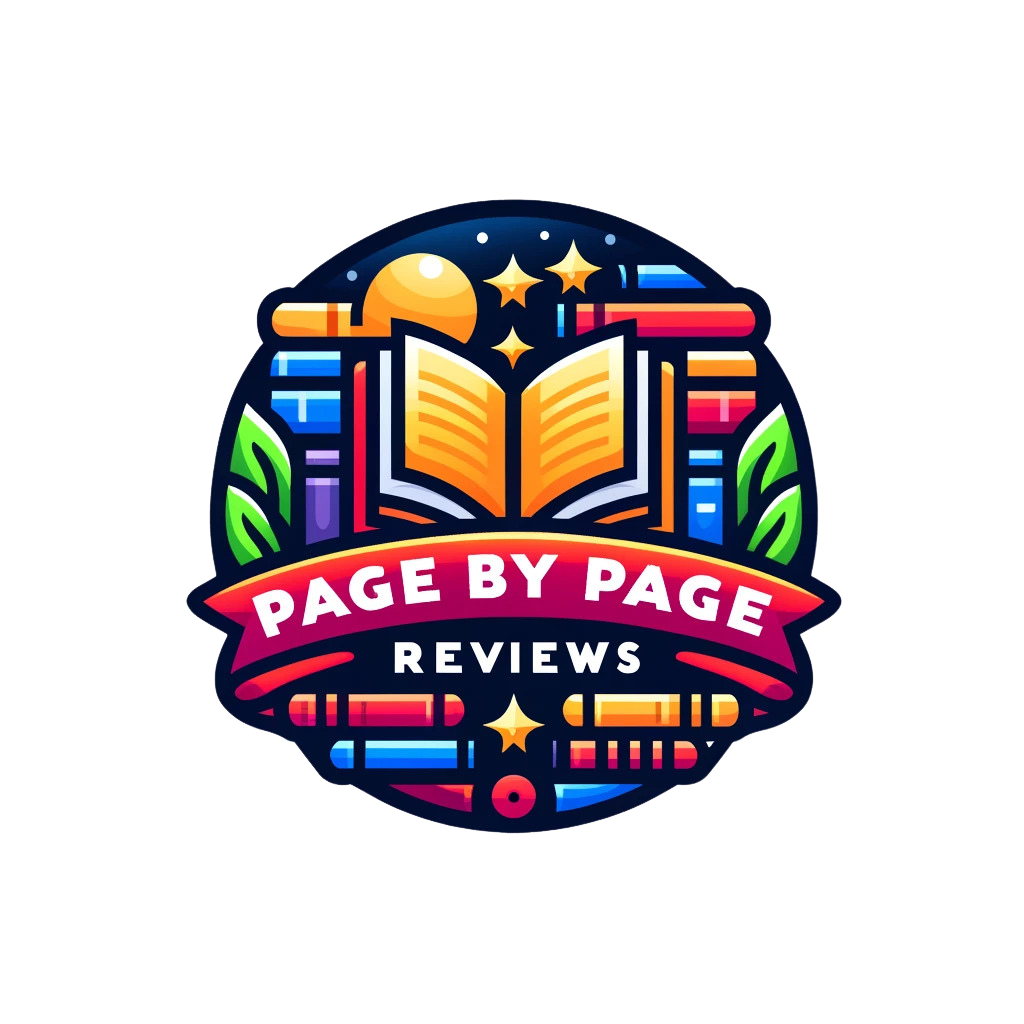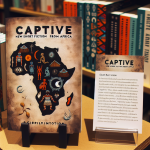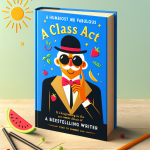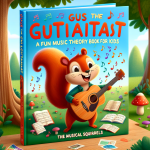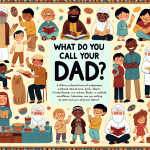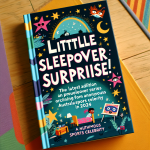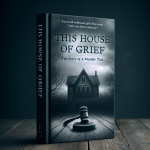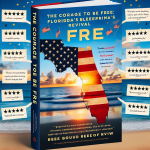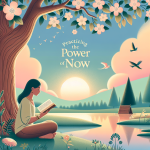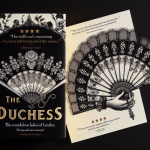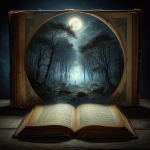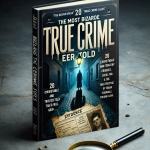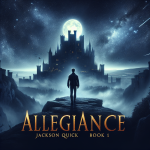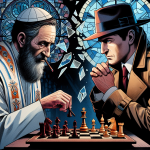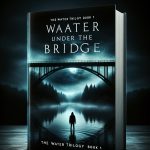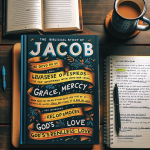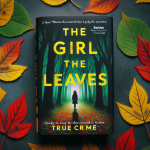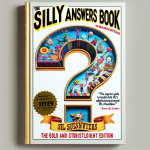As an Amazon Associate I earn from qualifying purchases.
“`html
Discover the Emotional Depth and Timeless Appeal of “The Perks of Being a Wallflower” – A Must-Read Young Adult Classic
“`
“The Perks of Being a Wallflower” by Stephen Chbosky is not just another coming-of-age novel; it's a profound emotional journey that resonates deeply with readers. This cult classic captures the essence of high school life with its complexities, offering a raw, unfiltered look into the mind of Charlie, a freshman navigating the turbulent tides of adolescence. Through his letters, we delve into themes of friendship, love, mental health, and the struggle to find one’s place in the world. Chbosky's narrative is a lifeline for many young adults, providing solace and understanding in moments of isolation and confusion.
Young adult fiction often skims the surface of teenage dilemmas, but “The Perks of Being a Wallflower” dives deeper, addressing the often-ignored psychological and emotional battles that many teenagers face. It tackles significant issues such as mental illness, the impact of trauma, and the importance of genuine human connections. By doing so, it not only entertains but also educates, offering readers a mirror to their own struggles and a roadmap to navigate the complexities of high school and beyond. The authenticity and depth of Chbosky's characters break the mold, allowing readers to feel seen and understood in a world that often feels indifferent.
Plot
“The Perks of Being a Wallflower” follows the story of Charlie, a socially awkward high school freshman who navigates the complexities of adolescence by writing letters to an anonymous friend. The narrative explores key elements of teenage life, including friendship, love, and mental health. Throughout the book, Charlie deals with the trauma of his best friend's suicide and the death of his beloved Aunt Helen. As he befriends two seniors, Sam and her stepbrother Patrick, Charlie's world begins to open up, allowing him to experience the highs and lows of growing up. The plot delves into issues such as sexuality, drug use, and the search for identity, culminating in Charlie's mental breakdown and subsequent recovery, which provides a hopeful yet realistic depiction of his journey towards healing.
Characters
The characters in “The Perks of Being a Wallflower” are richly developed and memorable. Charlie, the introspective protagonist, stands out due to his depth and authenticity. As the story progresses, his vulnerabilities and quiet strength endear him to the reader. Sam, Charlie's love interest, is a free-spirited and compassionate senior who significantly influences Charlie's life. Her stepbrother, Patrick, is openly gay and faces his own set of challenges, yet his humor and kindness offer a counterbalance to Charlie's solemnity. Other notable characters include Charlie's family, his English teacher Mr. Anderson who nurtures Charlie's love for literature, and his group of friends, each contributing to his experiences and growth. Each character in the novel is multi-dimensional, providing a realistic portrayal of high school life and the struggles of coming of age.
Writing Style
“The Perks of Being a Wallflower” is written in an epistolary format, comprised of letters from Charlie to an anonymous friend. This style creates a sense of intimacy and immediacy, allowing readers to deeply connect with Charlie's thoughts and feelings. Author Stephen Chbosky's writing is raw and unfiltered, capturing the essence of teenage angst and the complexities of growing up. The language is accessible yet poignant, successfully conveying the emotional intensity of Charlie's experiences. The narrative’s simplicity and honesty are its strengths, evoking strong emotional responses from readers as they journey alongside Charlie through his various trials and triumphs.
Setting
The setting of “The Perks of Being a Wallflower” is a suburban high school in the early 1990s, a backdrop that serves as a microcosm of teenage life. The story unfolds in various familiar locations: the high school, Charlie's home, friend's houses, and local hangout spots such as The Rocky Horror Picture Show performances which play a significant role in the social fabric of the characters' lives. The temporal setting contributes to the timelessness of the novel's themes, while also grounding the story in a specific cultural milieu rich with references to music, literature, and pop culture that define the era. The setting acts as both a stage and a character, influencing and reflecting the emotional landscape of the narrative.
Unique Aspects
One of the unique aspects of “The Perks of Being a Wallflower” is its epistolary format, providing a distinctive way for readers to immerse themselves in Charlie's inner world. The novel’s honest and unabashed discussion of mental health issues, such as depression, suicide, and repressed trauma, distinguishes it as a powerful narrative that resonates deeply with readers. Another unique element is its incorporation of diverse, complex characters that challenge stereotypes; for instance, Patrick's open homosexuality is portrayed with sensitivity and authenticity. The book's engagement with music, literature, and pop culture also adds layers of meaning, reflecting the protagonist's journey towards self-discovery. Additionally, its status as a cult classic is cemented by the way it speaks to universal themes while capturing the specific poignancy of the high school experience.
Young Adult Fiction
Young adult fiction serves as an important bridge between childhood and adulthood, offering narratives that address both the challenges and joys of growing up. This genre often delves into themes such as identity, relationships, and independence, providing relatable characters and situations that resonate with adolescent readers. For instance, the Harry Potter series by J.K. Rowling tackles issues of friendship, bravery, and self-acceptance, while John Green's “The Fault in Our Stars” explores love and loss through the lens of young adulthood. YA fiction not only entertains but also fosters empathy, offering readers a mirror in which to see themselves and a window into the lives of others.
Coming-of-Age
Coming-of-age stories focus on the transition from youth to adulthood, capturing the essence of personal growth and self-discovery. These narratives often feature protagonists facing significant life events that prompt introspection and maturation. Films like “Stand by Me” and novels such as S.E. Hinton's “The Outsiders” exemplify this genre, portraying the complexities and formative experiences that shape individuals. Coming-of-age stories provide readers with valuable insights into their own journey, emphasizing the parallels between the character's evolution and their own. By tracing the protagonist's development, these stories highlight universal truths about growing up, making them profoundly impactful and enduringly popular.
High School Life
High school life serves as a microcosm of society, where teenagers navigate a myriad of social dynamics and personal challenges. Literature and media often depict this period as a critical time for self-exploration and identity formation. For example, Sara Zarr's “Story of a Girl” delves into the complexities of reputation and forgiveness, while films like “Mean Girls” satirize the social hierarchies and peer pressure inherent in high school. These portrayals underscore the intense emotions and pivotal experiences that define high school, such as first loves, academic pressures, and the quest for social acceptance. High school narratives resonate with readers by reflecting their own experiences and struggles, providing both validation and insight.
Emotional Journey
The emotional journey in young adult fiction is often marked by significant highs and lows, mirroring the tumultuous nature of adolescence. Characters in these stories grapple with intense feelings such as love, fear, anger, and sadness, navigating their way towards emotional maturity and resilience. Works like Laurie Halse Anderson's “Speak” or Jandy Nelson's “I'll Give You the Sun” offer raw and honest depictions of these emotional arcs, shedding light on issues like trauma and self-esteem. The emotional depth in YA fiction helps readers process their own feelings and experiences, providing both solace and understanding. This emotional authenticity is a cornerstone of the genre, making it deeply relatable and meaningful.
Cult Classic
A cult classic in literature or film gains a dedicated and passionate fanbase, often due to its unique storytelling, thematic depth, or cultural impact. “The Perks of Being a Wallflower” is a prime example, achieving cult status through its honest portrayal of teenage life and mental health. Cult classics typically resonate strongly with a particular audience, offering a sense of community and shared understanding. Books like J.D. Salinger's “The Catcher in the Rye” and films like “Donnie Darko” also fall into this category, celebrated for their ability to articulate the nuanced experiences of their protagonists. These works often gain longevity and cultural significance, remaining influential long after their initial release.
Young Adult Fiction
Pros
Young adult fiction often captures the intensity and raw emotion of adolescence, resonating deeply with readers in this age group. Such stories frequently address themes like identity, friendships, and first loves, providing relatable content that aids in self-discovery. They also tend to be fast-paced and engaging, making reading more appealing to teens who might otherwise be disinterested in literature.
Cons
On the downside, young adult fiction can sometimes oversimplify complex issues, potentially giving readers an unrealistic understanding of real-life challenges. Additionally, the popularity of certain YA tropes may lead to repetitive storylines, which can become predictable and monotonous for experienced readers. Overemphasis on romantic subplots might also alienate those looking for more diverse narratives.
Coming-of-Age
Pros
Coming-of-age stories provide valuable insights into personal growth and development, reflecting the transition from childhood to adulthood. These narratives often inspire empathy and self-reflection, allowing readers to see their own struggles mirrored in the protagonist’s journey. They can also foster a sense of belonging and reassurance, showing that such challenges are universal and surmountable.
Cons
However, coming-of-age stories can sometimes be emotionally draining, particularly for readers who are currently facing similar issues. There is also a risk of these stories becoming clichéd if they adhere too closely to traditional arcs of overcoming adversity. The genre's focus on internal development might also limit action and external conflict, which can reduce its appeal to readers seeking more dynamic plots.
High School Life
Pros
High school life narratives provide a rich backdrop for exploring diverse social dynamics and personal experiences. They often touch on important themes like peer pressure, academic stress, and social hierarchy, which are highly relevant to their audience. The familiar setting of high school helps build an immediate connection with the reader, making the story more engaging and accessible.
Cons
Conversely, stories set in high school can sometimes trivialize or over-dramatize real issues, leading to a skewed perception of what high school life is truly like. There is also the potential for perpetuating stereotypes, such as the “mean girls” or “jocks vs. nerds” mentality, which can simplify and misrepresent the complexities of teenage social structures. Repeated use of high school settings may also eventually feel stale and unoriginal.
Emotional Journey
Pros
Emotional journey stories offer a deep dive into the characters' psychological and emotional landscapes, providing a cathartic experience for readers. They allow for a profound connection with the protagonist, fostering empathy and understanding. Such stories can be particularly healing for readers going through similar emotional struggles, as they see characters navigate and overcome their challenges.
Cons
While emotional journeys are impactful, they can also be intense and overwhelming, potentially triggering for some readers. There is a fine line between emotional depth and melodrama, and stories that lean too heavily on emotional turmoil can become exhausting. Furthermore, an excessive focus on internal conflict might make the narrative less appealing to those who prefer external action and adventure.
Cult Classic
Pros
Cult classics often have a dedicated and passionate fan base, which speaks to their ability to resonate deeply with readers. They usually offer unique and unconventional narratives that stand out from mainstream literature, providing a refreshing reading experience. These stories can become cultural touchstones, creating a sense of community among fans and sparking discussions and analyses.
Cons
However, the very elements that make a story a cult classic can also limit its appeal. Their niche nature may not resonate with a broader audience, potentially alienating some readers. Additionally, cult classics often develop a level of hype and expectation that can be difficult to live up to, resulting in disappointment for new readers who might not fully appreciate the story’s unique qualities.
FAQ
What defines a young adult fiction novel?
Young adult fiction, often abbreviated as YA fiction, is a genre of literature aimed at readers aged 12 to 18. The stories usually focus on the challenges and triumphs of adolescence, including themes such as identity, relationships, and personal growth.
What is a coming-of-age story?
A coming-of-age story is a type of narrative that follows a protagonist as they transition from youth to adulthood. These stories often explore themes of self-discovery, maturation, and the development of a personal moral or ethical code.
What elements are commonly found in high school life stories?
High school life stories typically include elements such as friendships, romantic relationships, academic pressures, social hierarchies, and extracurricular activities. These stories often explore the complex social dynamics and emotional experiences unique to the high school environment.
Why are emotional journeys significant in young adult fiction?
Emotional journeys are significant in young adult fiction because they resonate with the intense feelings and experiences that characterize adolescence. These journeys help readers navigate their own emotions and understand the importance of emotional growth and resilience.
What makes a novel a cult classic?
A cult classic is a book that has garnered a dedicated, passionate fan base and endures in popularity over time. These novels often offer unique perspectives, memorable characters, or pioneering themes that resonate deeply with readers, making them stand out from mainstream literature.
How do coming-of-age novels handle the theme of identity?
Coming-of-age novels often explore the theme of identity by following characters as they question and define who they are. These stories may address issues related to family background, cultural heritage, gender, sexual orientation, and personal values, helping characters and readers alike understand and embrace their true selves.
Can young adult fiction be enjoyed by adults?
Absolutely. Young adult fiction often tackles universal themes that resonate with readers of all ages. Adults can find young adult fiction refreshing, nostalgic, and emotionally profound, offering insights into both their own adolescence and contemporary youth experiences.
What are some examples of cult classic young adult fiction?
Some examples of cult classic young adult fiction include “The Catcher in the Rye” by J.D. Salinger, “The Perks of Being a Wallflower” by Stephen Chbosky, and “Speak” by Laurie Halse Anderson. These books have stood the test of time due to their powerful storytelling and emotional depth.
Why do high school life stories often include themes of friendship and romance?
Friendship and romance are central to the high school experience because they significantly shape teenagers' social and emotional development. These relationships provide a context for exploring themes of loyalty, trust, heartbreak, and personal growth, making them compelling subjects for high school life stories.
How do emotional journeys in young adult fiction differ from those in adult fiction?
Emotional journeys in young adult fiction often focus on the intense, formative experiences of adolescence, including first loves, identity crises, and the transition to independence. In contrast, adult fiction may explore a wider range of life stages and complexities, though both can be equally profound and impactful.
In conclusion, “The Perks of Being a Wallflower” by Stephen Chbosky remains an invaluable touchstone in young adult fiction, offering readers an intimate and emotional deep dive into the turbulent world of high school life. As a coming-of-age tale, this novel stands out for its profound authenticity and raw portrayal of adolescence, which resonates deeply with both teens and adults revisiting the pangs of their formative years.
One of the book’s most compelling aspects is its epistolary format, which allows readers to forge an immediate and deeply personal connection with the protagonist, Charlie. Through his letters, Charlie unveils his innermost thoughts, fears, and dreams, effectively inviting readers into his world and making them a part of his emotional journey. This format not only humanizes Charlie but also nurtures a sense of empathy and understanding in readers, making his experiences all the more impactful.
The book adeptly traverses pertinent themes such as mental health, friendship, love, and self-discovery, making it an essential read for young adults grappling with similar issues. Chbosky’s deft handling of sensitive topics is both respectful and enlightening, providing valuable insights into the struggles many teens face in silence. This not only aids in normalizing conversations around mental health but also empowers readers to seek help and support when needed.
Furthermore, “The Perks of Being a Wallflower” delves into the intricacies of high school dynamics, highlighting the pressures and challenges that come with this pivotal period of life. Whether it's navigating the complexities of friendships or dealing with the harsh realities of societal expectations, the novel offers a mirror to adolescents' real-life experiences. This realistic portrayal helps readers feel seen and understood, fostering a sense of solidarity and reassurance that they are not alone in their struggles.
Over the years, “The Perks of Being a Wallflower” has attained cult classic status, a testament to its enduring relevance and impact. The book's ability to touch hearts and offer solace makes it a timeless treasure in young adult literature. For anyone seeking a heartfelt, enlightening, and profoundly moving read, Stephen Chbosky's masterpiece is undeniably a valuable choice. Through Charlie's eyes, readers can learn, grow, and ultimately find comfort in the shared human experience of growing up.
Amazon and the Amazon logo are trademarks of Amazon.com, Inc, or its affiliates.
